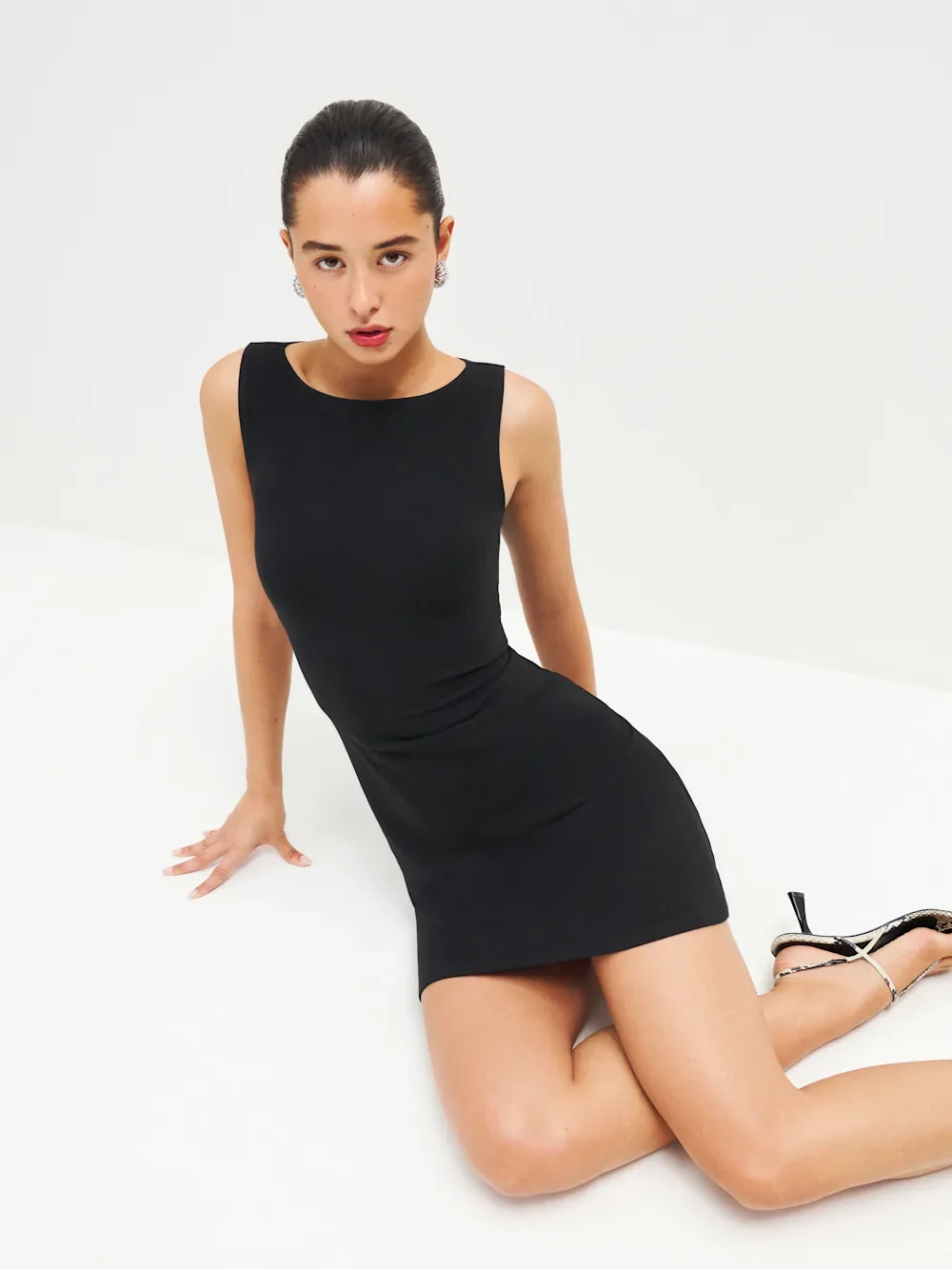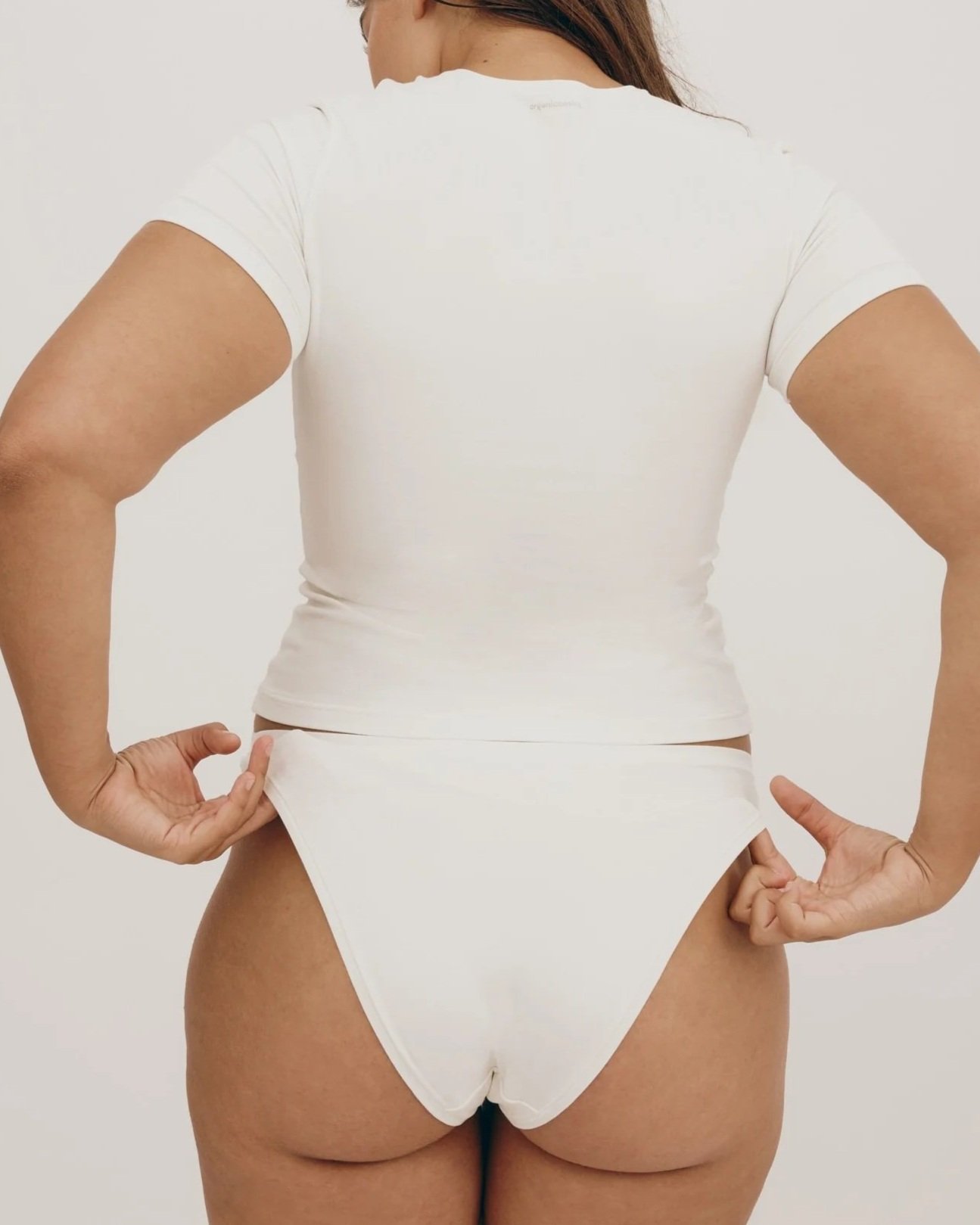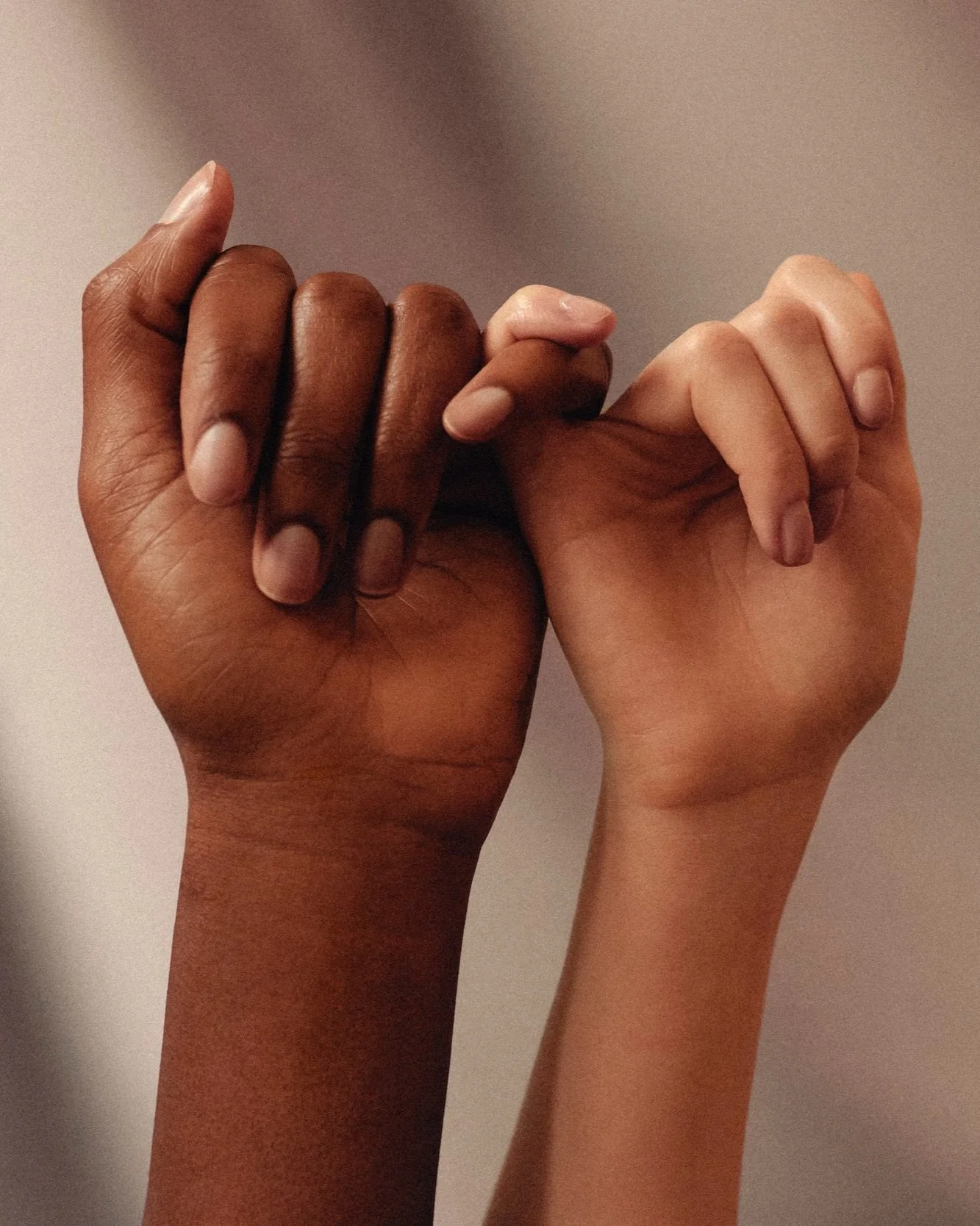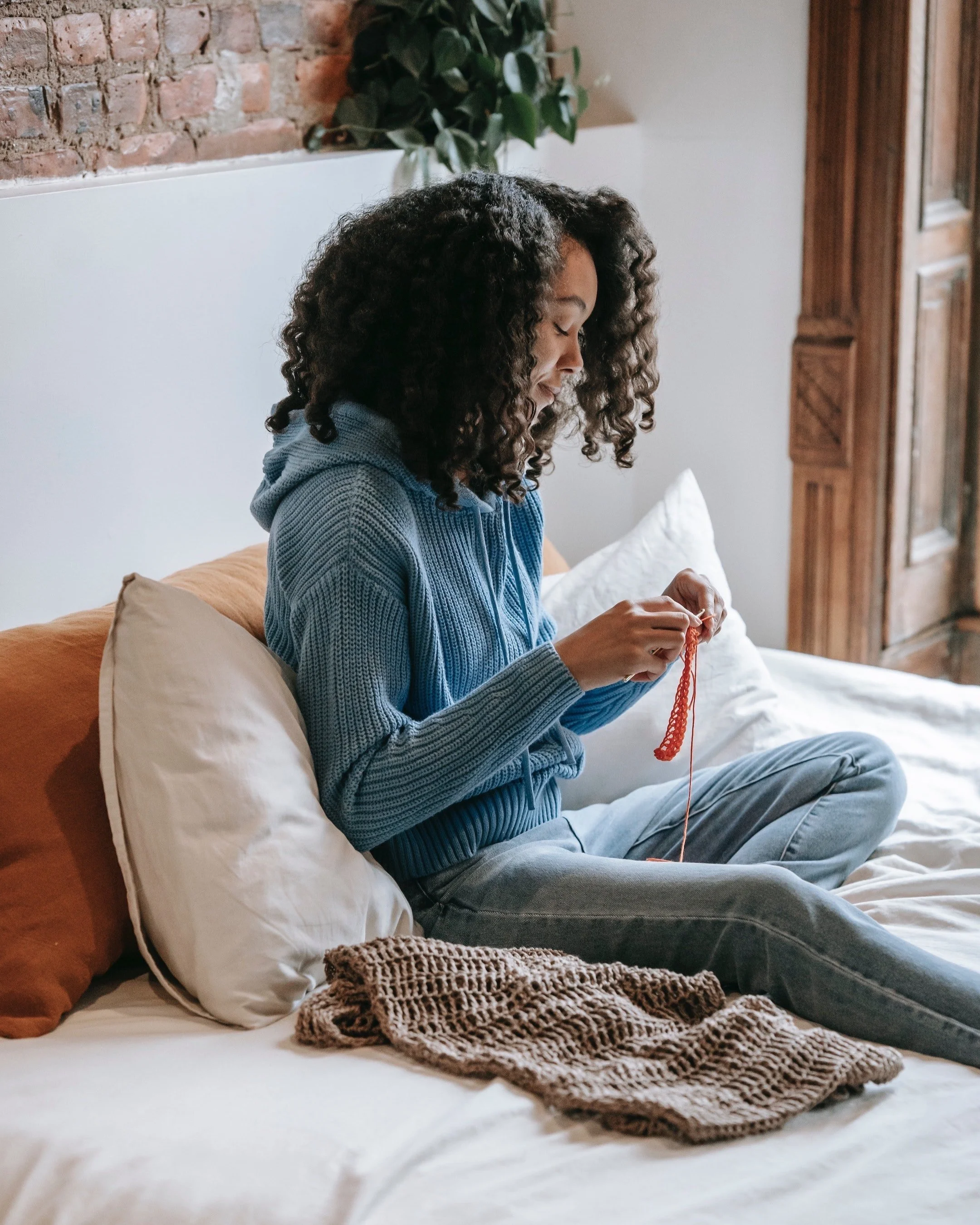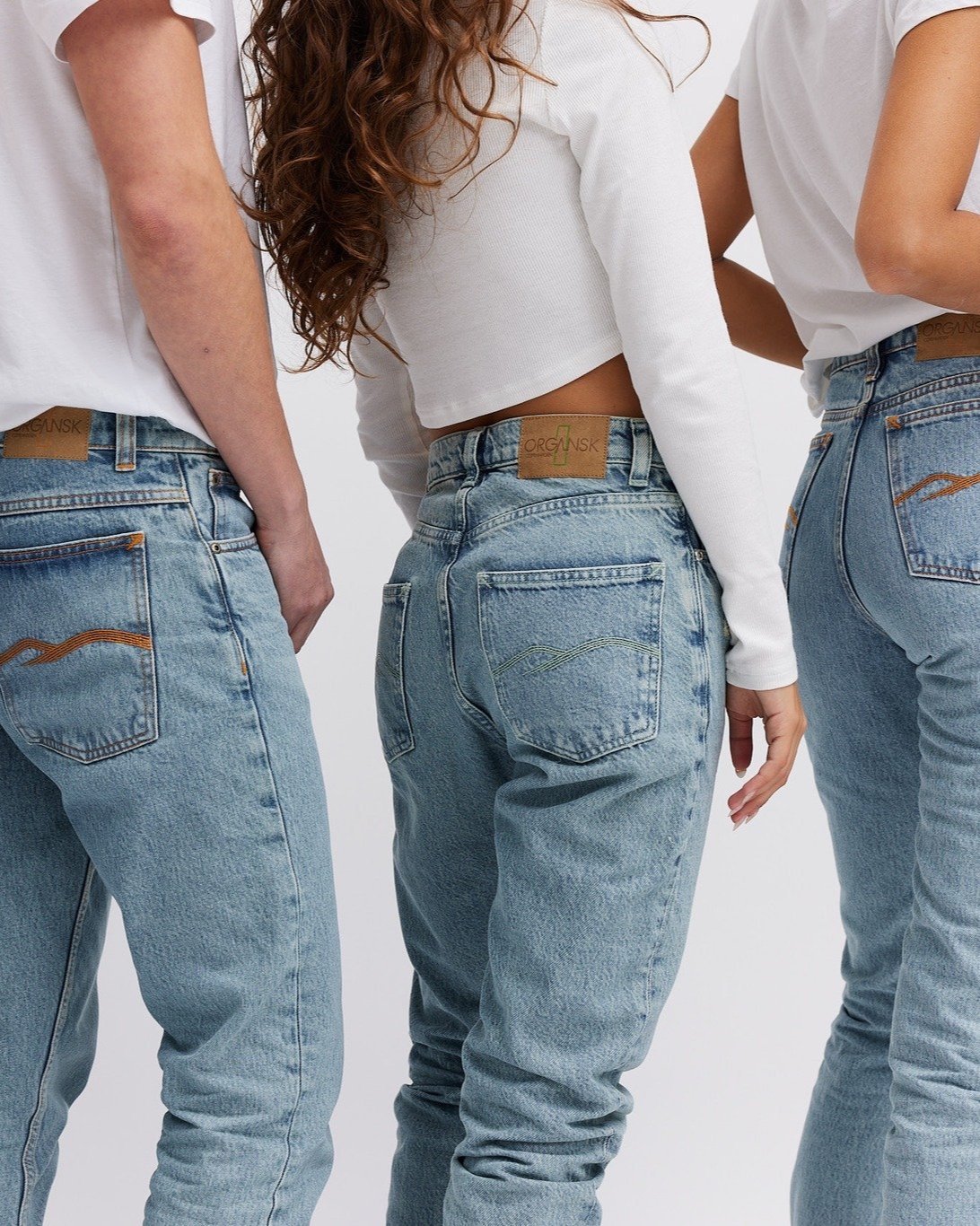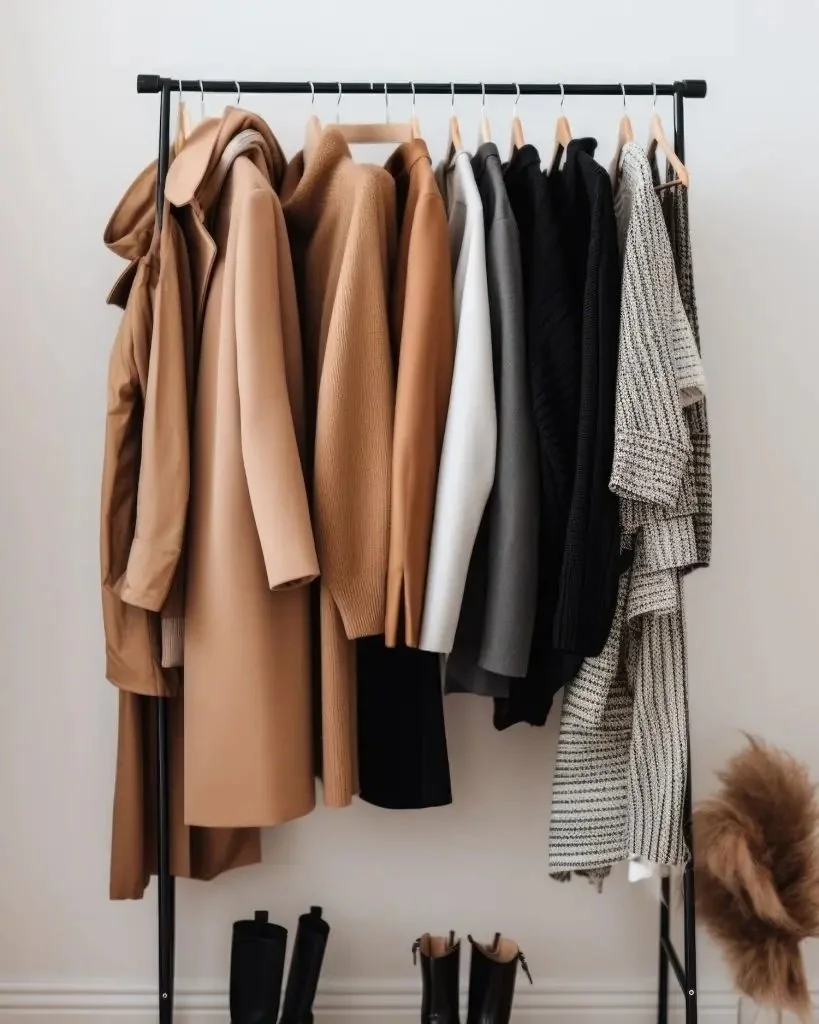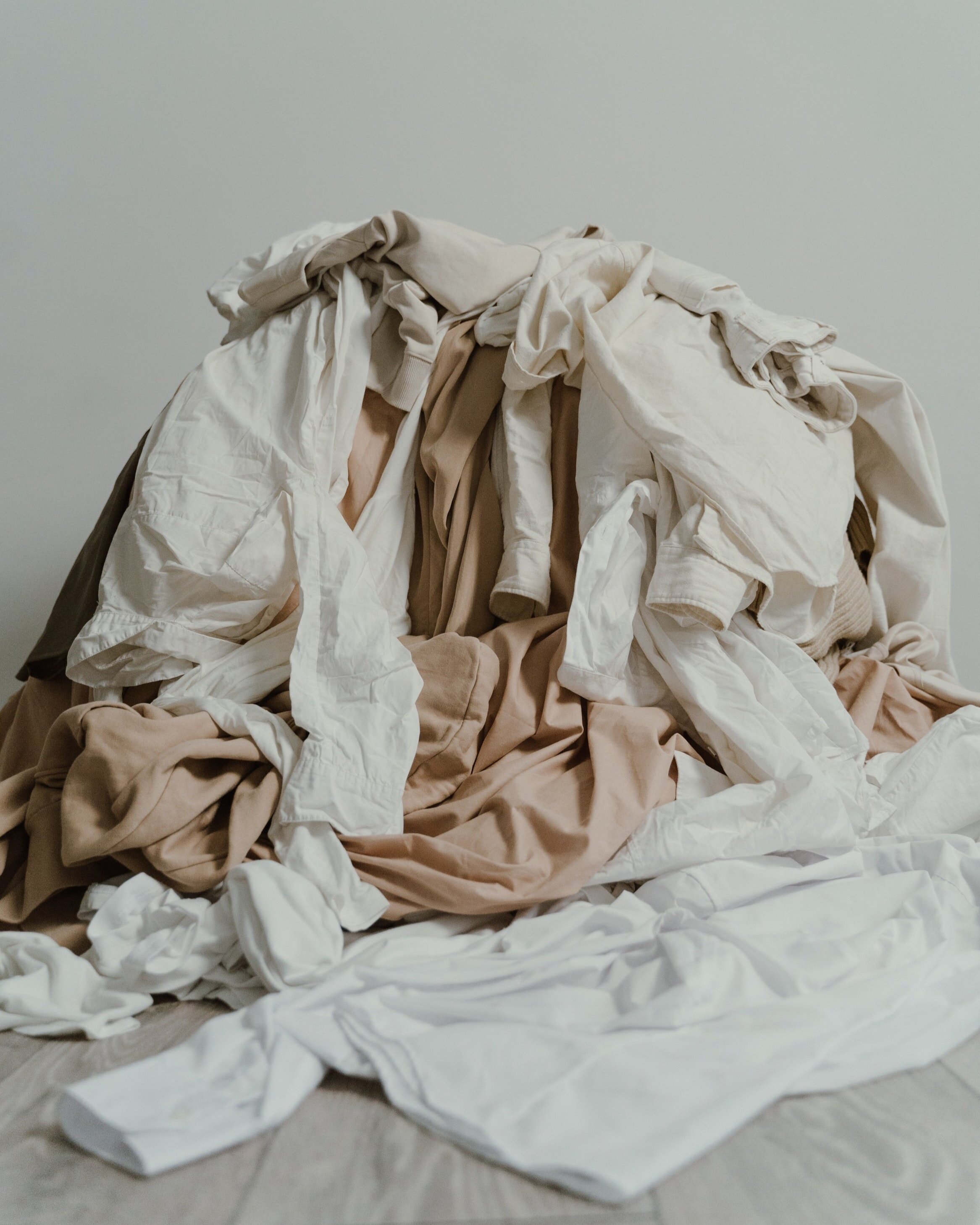This is How Crocheting Promotes Sustainable Fashion in 2025

Your wardrobe expresses your identity. Clothing speaks to who you are but can also exemplify your beliefs. If you live an eco-friendly lifestyle, wearing clothes that hurt the planet won’t align with your green values. The good news is that crocheting can help promote sustainable fashion while expanding your options.
Here’s more about sustainable fashion and why crocheting could add to your eco-friendly style. You may discover new pieces to add to your closet and a new hobby to pass the time.

How Fast Fashion Uses 'Crochet' (& why it's a problem)
Crochet is a centuries-old craft, traditionally made by hand with intricate stitches and hours of labor. But fast fashion brands have found a way to capitalize on its popularity—without the craftsmanship. Instead of actual crochet, many brands mass-produce "crochet-like" garments using machines and synthetic fibers like polyester and acrylic.
The Problem:
- Not real crochet: True crochet cannot be done by machine; these garments are often just knit or lace fabrics made to look like crochet.
- Synthetic fibers: Most fast fashion “crochet” pieces are made from plastic-based materials, shedding microplastics into the environment.
- Unfair labor practices: When hand-crocheted pieces are sold at low prices, it often means the artisans who made them were paid unfair wages.
Fast fashion’s take on crochet is another example of greenwashing and exploitative practices. Instead of supporting mass-produced imitations, consider buying from artisan brands or even learning to crochet yourself for a truly slow fashion approach!
What is sustainable fashion?
Sustainable fashion is a catchy phrase, but people might need help understanding what it means. It’s a term that applies to any clothing or accessory made in ways that don’t harm the planet or people.
Research shows that the sustainable apparel market will reach a $27.2 million value by 2033, so there’s global demand for clothes that don’t harm the environment and take care of their workers. However, finding climate-friendly clothing requires a deeper understanding of the fashion industry’s production processes and how its clothes eventually reach your closet.
How the Fast Fashion Industry Contributes to Climate Change
When buying clothes at the mall or online, you’re likely not thinking about the many steps it took for that clothing to reach you. These are the ways fashion companies contribute to climate change while making their products.
1. It Uses Water for Textile Production
Consumers might think water only affects clothing when you need to throw it in your washing machine. However, it’s an essential part of producing textiles. The fibers need washing before, during and after the dyeing process. It’s why the United Nations Environment Programme (UNEP) concluded that it takes 3,781 liters of water to make a single pair of jeans.
It’s important to remember that water is a limited resource. Although the planet has tons of it in the oceans, freshwater is much harder to find. That’s the water companies use to wash textiles, so buying something like a sweater or a fine-knit pair of joggers harms the ecosystem.
2. It Relies on Crude Oil Production
Your favorite dress may not smell or feel like slimy crude oil, but it might still contain some. The fashion industry uses it to make two-thirds of its clothing with a mixture of synthetic fibers. These fibers can also contain synthetic antioxidants like BHA and BHT that disrupt the endocrine system regulating your hormone production.
Mining for oil destroys another limited natural resource. It disrupts natural habitats, leads to dangerous oil spills and creates additional carbon emissions with mining machinery. None of that lines up with a lifestyle driven by sustainable values.
3. It Burns Fuel for Shipping
Fashion companies have production facilities worldwide, and they rely on planes, trucks, trains and cargo ships to get their products to consumers. The various shipping methods are why the apparel industry generates 8%-10% of global carbon emissions annually.
Although you can research fashion brands that reduce their carbon footprints, buying clothing that requires shipping still contributes to this environmental issue. Shipping companies must jump to transportation fueled by green energy. Until then, placing orders for apparel and buying manufactured clothes in stores will still fund an industry that burns fossil fuels daily.
4. It Adds to Landfills
Imagine clothing companies using natural resources and burning fossil fuels to give consumers the latest styles. Now picture their marketing efforts to convince people to buy new clothes more frequently. You’ve likely seen these campaigns pop up in social media ads or advertisement emails. Although seeing what’s newly available with your favorite brands might be fun, the practice is the heart of fast fashion and its environmental impact.
Fast fashion companies seek to maximize their profit by churning out new clothes daily, weekly or monthly. Consumers get to constantly add budget-friendly clothing to their wardrobes, which means manufacturers use natural resources even faster than before. It also leads to 92 million tons of apparel ending up in landfills annually.
5. It Releases Plastic Into the Ocean
You might not picture plastic when you think of clothing, but they’re closely linked. Production facilities wash textiles during manufacturing, and the water that swirls down the drains becomes the primary source of microplastics in the ocean. Synthetic fibers release microplastics when cleaned. It hurts the environment during production and every time consumers wash their clothes at home.

How to Crochet for Sustainable Fashion
You can take control of your wardrobe by crocheting to promote sustainable fashion. These are a few ways crocheting can help the planet while becoming your new favorite hobby.
1. Find Eco-Friendly Yarn
You could walk into most craft stores and find shelves full of colorful yarn skeins. Although they might be on sale or feel super soft, sustainable crocheters might recommend looking elsewhere.
Yarn can include the same synthetic fibers that add plastic to the oceans. Natural resources might also be used to create it. Instead, research the yarn you want for your next crocheting project. You could find brands that use organic or recycled materials without removing limited natural resources from the environment. Etsy is a great place to look for Organic & Natural yarns.
Finding out how your yarn came to be could reduce anxiety symptoms related to climate change. You’ll be able to trust that your money didn’t fund the planet’s destruction.
If you don’t have time to research companies, you could also make old T-shirts into yarn to upcycle clothing you don’t wear anymore. You’d keep the old clothes out of landfills and avoid using yarn that contains crude oil or limited resources.
2. Dye Your Clothes at Home
Crocheting could become a way to create a reusable wardrobe that’s perfect for fall or winter outfits. Limited items you wear every week prevent accumulating pieces that become landfill waste due to neglect. You’ll also have more control over the materials you wear because each outfit uses carefully made or selected clothing.
One of the best ways to make your clothing promote sustainable fashion is by dyeing your crochet yarn. Pick one or more colors you want for your project and select matching vegetables like spinach or red cabbage. You can also use turmeric. Follow yarn-dyeing steps to give the dye enough time to work and you’ll have the material you need for your new clothes.
3. Buy From Local Businesses
You can also consider buying yarn from local businesses. They may spin or dye their own, which removes the need for production facilities that create excessive carbon emissions. They will also know their manufacturing process intimately, so you can ask detailed questions and get the answers to make an educated purchase.
It’s also critical to recognize that yarn isn’t the only crocheting supply that could disrupt your eco-friendly lifestyle. Crochet hooks, stitch counters and darning needles also contain unsustainable ingredients like synthetic materials. Search for eco-friendly alternatives made with bamboo so your ongoing hobby doesn’t harm the planet.
Ordering crocheting supplies online might be your only option if you live in a rural area. Don’t worry if that’s the case. You can connect with friends or family members who also need craft supplies to place a bulk order and reduce your deliveries. They can pick up their purchases from your home or the next time you meet for a social gathering.
4. Crochet Your Clothes
Crocheting helps promote sustainable fashion in numerous ways. You can hand-pick eco-friendly yarn, dyes and supplies so every project begins with earth-friendly materials. You can also crochet your clothing for long-term use, which is much better than wearing store-bought clothes for a season before throwing them out and replacing them.
Begin with patterns made for beginners to explore your options. You could start by crocheting a new sweater and replicating the design in various colors. After gaining more confidence, you might make a tank top, T-shirt, dress or pajama pants. There are many ways to turn crochet stitches into a wardrobe that lasts for years.
We LOVE Wool & The Gang for beginner-intermediate crochet kits.
5. Make Accessories
The fashion industry makes typical clothes like T-shirts and pants, but don’t forget your accessories. They’re essential to making your outfits pop. Instead of making a wardrobe with some homemade items and other pieces that require limited natural resources, practice making extras to transform your closet into a greener collection.
Numerous crochet patterns are available for free or at affordable prices. Check online and in-person at craft stores to see if you prefer the instructions on paper or your computer.
Next, consider which accessories you’d like to start making. You could create the typical hats and mittens expected of crocheters if it’s winter, but there are many other things to consider. Your crochet hook could transform yarn into market bags, purses, socks, headbands and hair scrunchies. It all depends on what you enjoy wearing.
Promote Sustainable Fashion with Crocheting
Anyone can learn to crochet and promote sustainable fashion with their daily outfits. It’s essential to recognize how the fashion industry contributes to environmental destruction to better understand how your handmade wardrobe can protect the planet. Carefully select yarn skeins, dyes and supplies to start making clothes that better align with your sustainable values and give you unique items you’ll be proud to wear.
About the Author:
Mia Barnes is a health and beauty writer with a passion for sustainable living and wellness. Mia is also the Founder and Editor-in-Chief of Body+Mind Magazine, an online publication that covers healthy and eco-friendly living. Follow Mia and Body+Mind on Twitter and LinkedIn!
MAKE SURE TO PIN THE PHOTO BELOW TO SAVE THIS POST FOR LATER!
WANT TO FIND SUSTAINABLE BRANDS? VISIT OUR BRAND DIRECTORY!
Our Brand Directory is home to hundreds of sustainable brands, from makeup to cleaning supplies, from underwear to shoes. We have broken everything down by category for easy shopping, along with discount codes unique to Sustainably Chic viewers.



